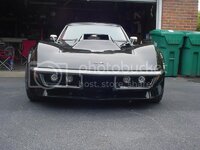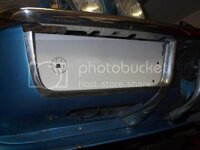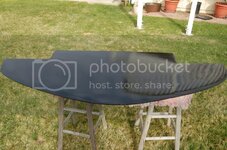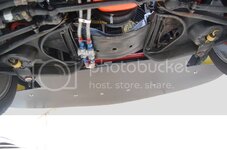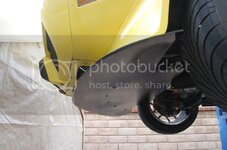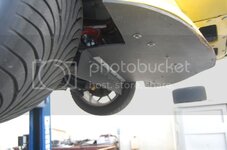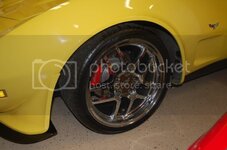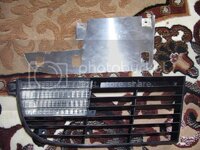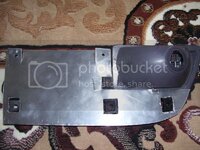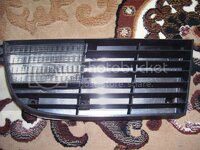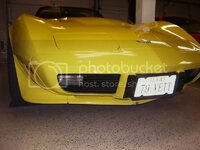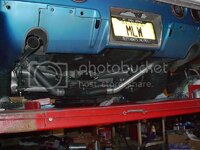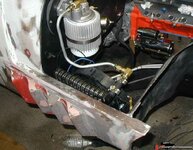Showme
Well-known member
- Joined
- Apr 20, 2008
- Messages
- 148
I agree. When I bought my 71 stock small block it had no catches on the hood. At hiway speed the hood would lift at the windshield about an inch at 65, and another inch by 80mph. In my mind it was as simple as more air in the front and under the bottom than could be exhausted thru the side vents or under the firewall and out the back.
My '72 is a basically stock machine, with fixed headlights in smaller openings but basically stock location, the grill is changed but little improvement there is any, and the side gills were opened up a tad by p/owner but each opening is only 7.5"x2.5" , I would say on the small side, really.....
some time ago I did a yarn test on my hood rear opening, aftermarket BB style hood, open in rear, center of hood cut out under the bulge...and got INFLOWing air, not coming out, I layed a piece of yarn over the rear edge, it was totally still, there is no gasket seal, never was since I got it....
I still feel that any lift coming on my front end is not from the hood....EXCEPT forward of the radiator...dont ask...:flash:
When designing my overall body mods I did several things (none yet tested) to counter this. First was limiting the flow under the front. I used the F Gregg spoiler, but added a flange to the lower leading edge. This flange stiffens it while reducing forward ground clearance by 3/4", but also will support a plastic sweep spoiler if needed down the road. Part of the F Gregg also feeds brake coolers, the amount of air diverted to that will be determined by radiator cooling needs after testing. The original ports in the valance can be throttled to suit then fixed. That combo should solve the control issue of how much air is directed to the engine bay. The next consideration was exhausting the air. My thought was to maximize the use of the side exhaust vents. I was never too thrilled with the looks of the eggcrates and they are heavy. Looking at the later C3's all the flow is restricted by the size of the single vent opening in the fender. It is really noticably less open than say the 68 and the 69. The easy answer was to install 69 gills, but easy was never a goal.I liked the look of the Motion cars, so I bought 69 fender pieces and installed the inside out. Hopefully the combination of things will reduce air pressure under the hood and lift under the car. Cowl is sealed and intake air is ram through the hood but sealed from the engine bay.
Dave
Sweet ride there man....with I had your talent with glass work....I too am looking at that F Gregg spoiler, maybe this winter....

I love the look of your vette.It reminds me of a motion stage III.I loved them too!:thumbs:
I have no inner fenders so it made a big differance there too.I know that alot of air is still hitting the firewall and being pushed under the car.Thats why I still want to mod the side vents on Hammerhead.My egg crates were changed with inserts along time ago.I'm going to build my own functional side vents.I will possibly build aluminum panels to guide the air fow through and out.It depends on the room after I fab the new turbo headers for the LS and get them plumbed and inplace.
Last edited:

